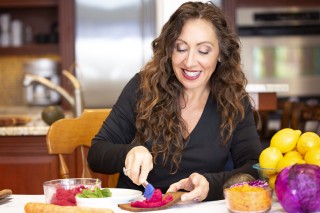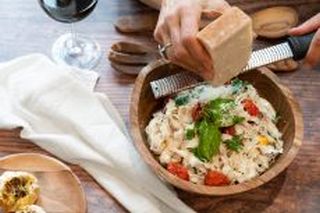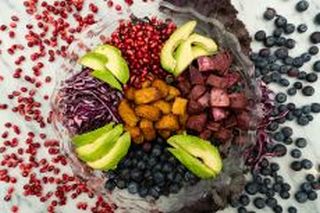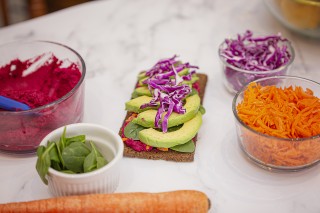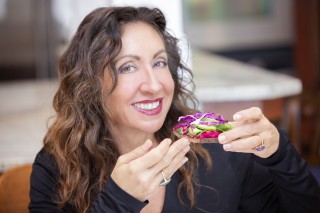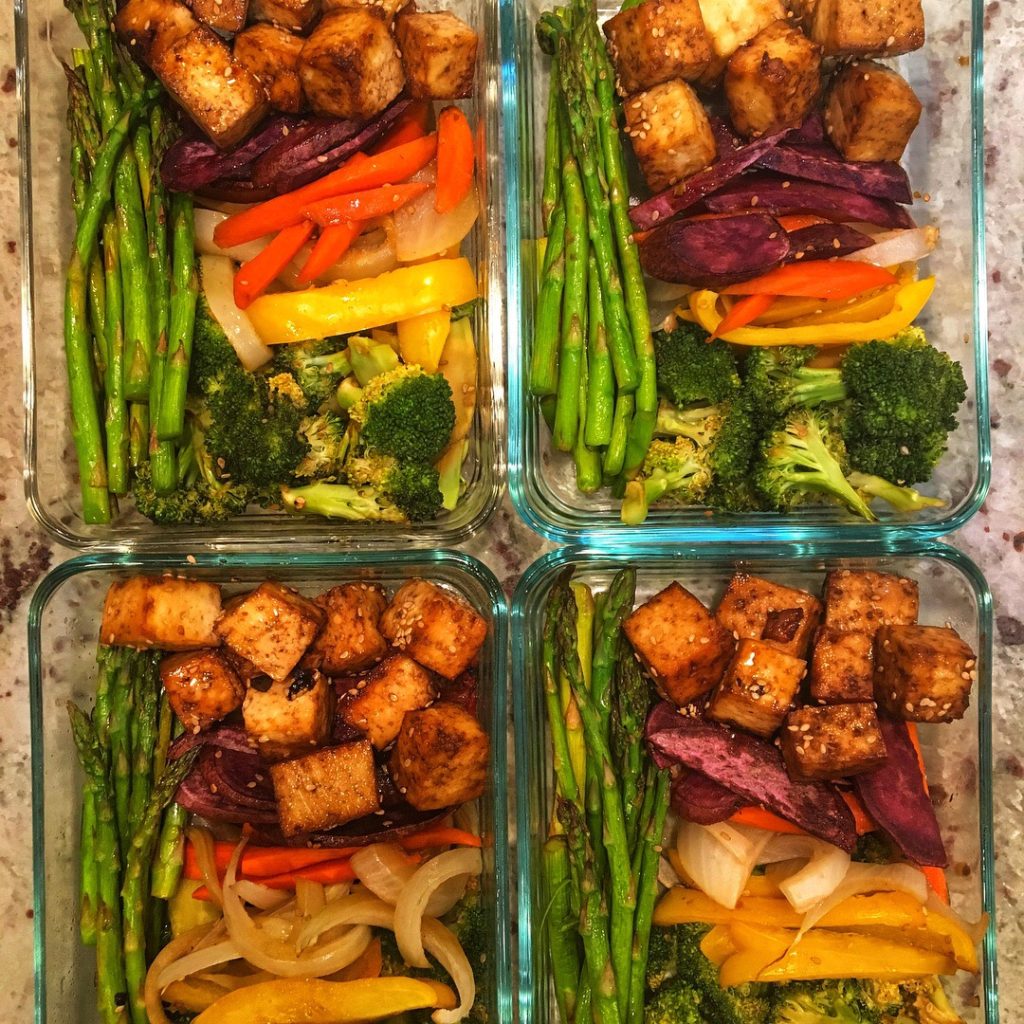
Disease is a result of chronic inflammation running in the background, so following an anti-inflammatory diet over time can help reduce symptoms of almost any condition of inflammation, including:
- asthma
- rheumatoid arthritis
- allergies
- resistance to weight loss
- Parkinson’s disease
Anti inflammatory diets can even prevent and sometimes reverse chronic disease such as heart disease, type 2 diabetes, high blood pressure, and cancer, and may help prevent Alzheimer’s Disease
How Does an Anti Inflammatory Diet Work?
Inflammation in the body is sometimes necessary when the immune system is needed to fight off a foreign invader, like a bacteria or virus. Sometimes the immune system gets triggered, and inflammation persists, causing damage.
The best medicine doesn’t lie in your bathroom cabinet, but in the fruits and vegetables in your refrigerator. These foods contain phytonutrients to turn down the volume on an overactive immune system.
Anti inflammatory compounds from plant foods build up in the blood over time, so your body can draw upon them as needed to attenuate chronic inflammation.
Some Markers of Inflammation in the Body You Can Ask Your Healthcare Provider About:
- C-Reactive Protein (CRP) – a protein made in the liver that is elevated when the body is in a state of inflammation
- High Sensitivity CRP (hsCRP) – a more sensitive marker than CRP, detects lower grade inflammation in chronic disease. Once only measured in research settings, hsCRP is now measured for the public, and is linked with cardiovascular disease, cancer, and diabetes
- Sedimentation Rate aka “sed rate” for short, or “ESR” for erythrocyte sedimentation rate, measures how fast red blood cells fall to the bottom of a test tube. When the body is in a state of inflammation, the body releases proteins that make the red blood cells heavier.
- Tumor Necrosis Factor Alpha (TNF-a) – a protein that is part of the immune system that gets triggered in autoimmune disease like irritable bowel syndrome (IBS), lupus, or rheumatoid arthritis. TNF-a may be measured before an autoimmune disease treatment, and then again following treatment so your healthcare practitioner can evaluate effectiveness
Top tips for fighting inflammation with an anti inflammatory diet
DO’S
- Make plants like whole fruits and vegetables the base of your diet
- Eat a wide variety of fruits and vegetables
- Think color when choosing produce – the anti inflammatory properties are the pigments of the plant. Eat a variety within each color category for a larger array of anti inflammatory flavonoids. For example in the red category, tomatoes contain lycopene, important for prostate health, but strawberries contain anthocyanins, and anti aging pigment that improves insulin sensitivity, promotes weight loss and protects against heart disease
- Choose more whole and cracked grains instead of flour product like brown or wild rice, quinoa, bulghur wheat, teff, and buckwheat. Cook pasta al dente to lower the glycemic index, and eat small portions mixed with vegetables and beans to cut the portion of pasta
- Beans are a plant protein powerhouse. Include one or two servings per day. These resistant starch fibers are used by your gut bacteria to make short chain fatty acids that heal leaky gut, and systemically and favorably modulate the immune system, decreasing the inflammatory response
- Eat whole soy foods in the form of no added sugar soy milk, edamame, tempeh, miso, natto, and tofu. Choose USDA Organic and Non-GMO Project Verified soy. Soy is protective against cancer, heart disease, and obesity, and has healthy fats and lots of fiber.
- Choose low mercury fatty fish for quality protein and omega 3 fatty acids. Good sources are Atlantic wild salmon or black cod, sardines, and shellfish. Avoid eating the skin of the fish – that is where most of the mercury and toxins are.
- Include Asian mushrooms like enoki and shitake. Mushrooms are anti inflammatory worker bees, acting on many inflammatory markers, and are particularly effective in protecting against cancer.
- Include herbs and spices such as garlic, onions, turmeric, oregano, and chilies
- Include green, white, and oolong teas. Green tea is very well documented to reduce the risk of mortality from cardiovascular disease
- If you choose desserts, stick with small amounts of dark chocolate (at least 72% cacao), one or two date based truffles, or whole fruits
- One or two glasses of high polyphenol red wine if fine, but any more will increase inflammation in the body – If you do not drink, do not start
- Consider intermittent fasting. There are many ways to fast that do not have to be too extreme. Start here: Intermittent Fasting Primer then contact me for an individualized regime.
- Eliminate junk foods, beverages with sugar, and processed foods as much as possible. The overload of omega 6 fatty acids and added sugars in processed foods are a major driver of inflammation. Many of these snack foods will appear healthy because they are labeled organic, gluten free, Paleo or Ketogenic. Just because a Paleo cookie is make with almond flour, coconut oil, and maple syrup, it does not make it healthy, although Big Food and charlatan faux nutritionists will market them as so for their own benefit
- Always seek a qualified Registered Dietitian Nutritionist for a personalized plan to assure your needs are met, and to evaluate if you would benefit from adding any supplements to your regime to further decrease inflammation
DONT’S
- Don’t get caught up in making one food a panacea. Don’t limit yourself to one or two fruits or vegetables like kale, gogi berries, or cauliflower when there is a whole rainbow of colorful fruits and vegetables to choose from. I work with clients on expanding repertoire to be more inclusive of the vast phytonutrients that combat inflammation
- Don’t eliminate fruits and vegetables. On a daily basis in my practice, clients say they can’t eat nightshades, lectins, carbs, fruits, and soy. When I ask why, the typical response is “I heard it was bad.” Plants are the base of an anti inflammatory diet. Don’t rely on advice from social media like Instagram
- Don’t follow Paleo or Ketogenic diets that encourage copious amounts of animal protein and limit fruits and vegetables. It is well documented that saturated fats cause inflammation in the body, and that toxins like pesticides, glyphosate, and other inflammatory compounds are stored in the fat of animal flesh. Oftentimes, these extreme low carb diets exclude fruits, vegetables, and grains, and include Paleo bars, Keto cookies, and other junk food.
- Don’t fall for the “healthy” junk food hype. This includes packaged foods labeled Paleo, Keto, and Low Carb. Big Food industry makes these products look healthy, but they are nowhere near as nutritious as whole foods. Just because a packaged food plasters “Made with Coconut Oil” on the front does not make it healthy.
- Avoid advice from nutrition blogs from people not trained in, or qualified to give nutrition advice, especially if they are telling you to exclude grains, fruits, and vegetables. This means most health coaches, personal trainers, doctors, chiropractors and nurses. While some may go out of their way to learn about nutrition, it is not in their general education, or scope of practice
Check Out My Anti Inflammatory Diet Webinar
Easy Anti Inflammatory Diet Recipes

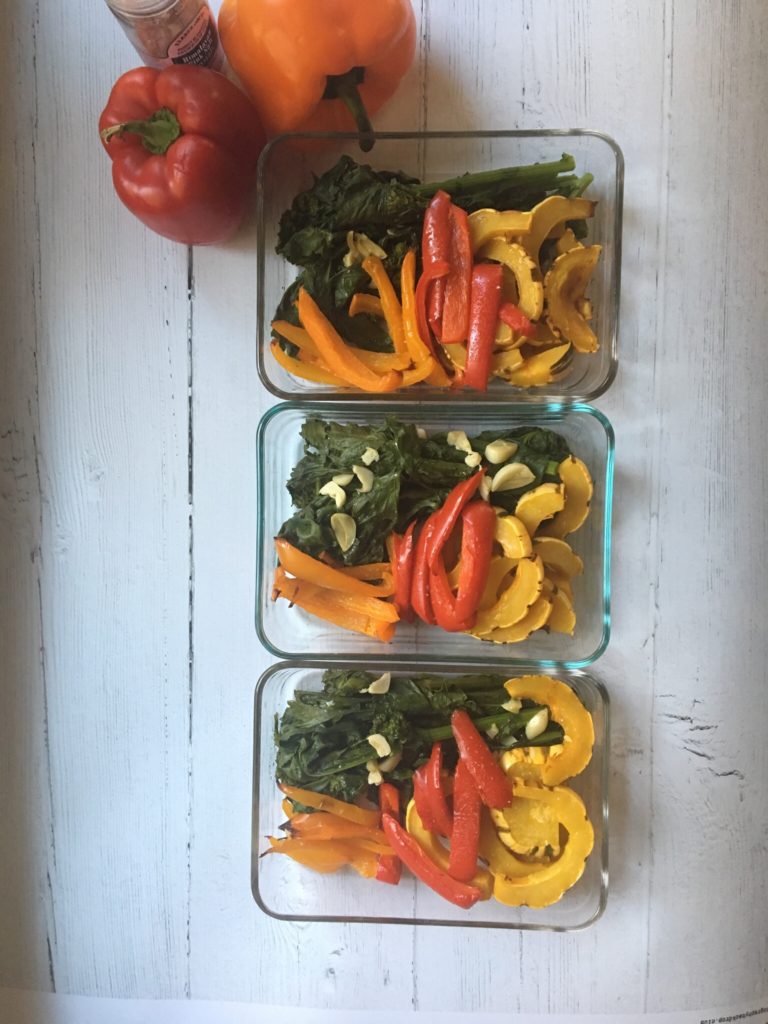
Oven Roasted Shrimp Scampi
Just one roasting pan in the oven, so no messing up the stove top, and cooks up quickly
Ingredients
- 1 lb wild caught shrimp peeled and deveined
- 1 head fresh garlic minced
- 1/4 cup good olive oil
- 1/4 tsp hot pepper flakes optional
- Fine sea salt and fresh ground pepper to taste
- 1/2 cup dry white wine
- 1 cup chopped parsley
Instructions
-
Preheat oven to 350 degrees
-
Roast garlic, olive oil, and pepper flakes in a baking pan in oven until garlic begins to brown lightly
-
Add shrimp, salt, pepper, and stir to combine
-
Roast shrimp until it turns pink, and begins to get firm, about 10 minutes
-
Add white wine and parsley; return to oven until shrimp is firm and cooked through
Recipe Notes
Be careful not to overcook the garlic in the first step. It should just brown lightly before putting the shrimp in. If it burns, it will make the dish taste bitter
Rainbow Vegetables
Ingredients
You will need:
- 12 cups cut vegetables such as red yellow, and orange peppers, red onion, carrots, fennel, broccoli, cauliflower, yellow squash, grape tomatoes, purple sweet potatoes, eggplant, shitake mushrooms, asparagus, butternut squash
- Good quality spray oil – such as a Misto If you don't have a Misto or way to spray oil, use a pastry brush
- Fine sea salt
Instructions
-
Preheat oven to 350 degrees roast, convection setting
-
Assemble cut veggies on parchment lined baking pans, keeping veggies separate from each other
-
Roast until veggies are done to your liking – this will depend on vegetable type and your preference
-
Remove from oven, and sprinkle with sea salt before serving
Recipe Notes
You can buy precut veggies in the supermarket if you do not want to take the time to cut the veggies yourself. Keeping veggies separate on the pan will allow you to remove any that cook more quickly. For example, if you use purple sweet potatoes and asparagus, the asparagus will be done first, and can be removed from the pan, and the sweet potatoes can be returned to the oven. Harder vegetables, such as carrots, potatoes, and fennel can be sliced thinly for more even cooking time. Do not add salt until vegetables have been removed from the oven. This will give better browning of the veggies. Do add salt when veggies are still warm, so the salt will stick. If you do not have a convection setting on your oven, they will take longer. Parchment lined sheet pans lined will make for easy clean up
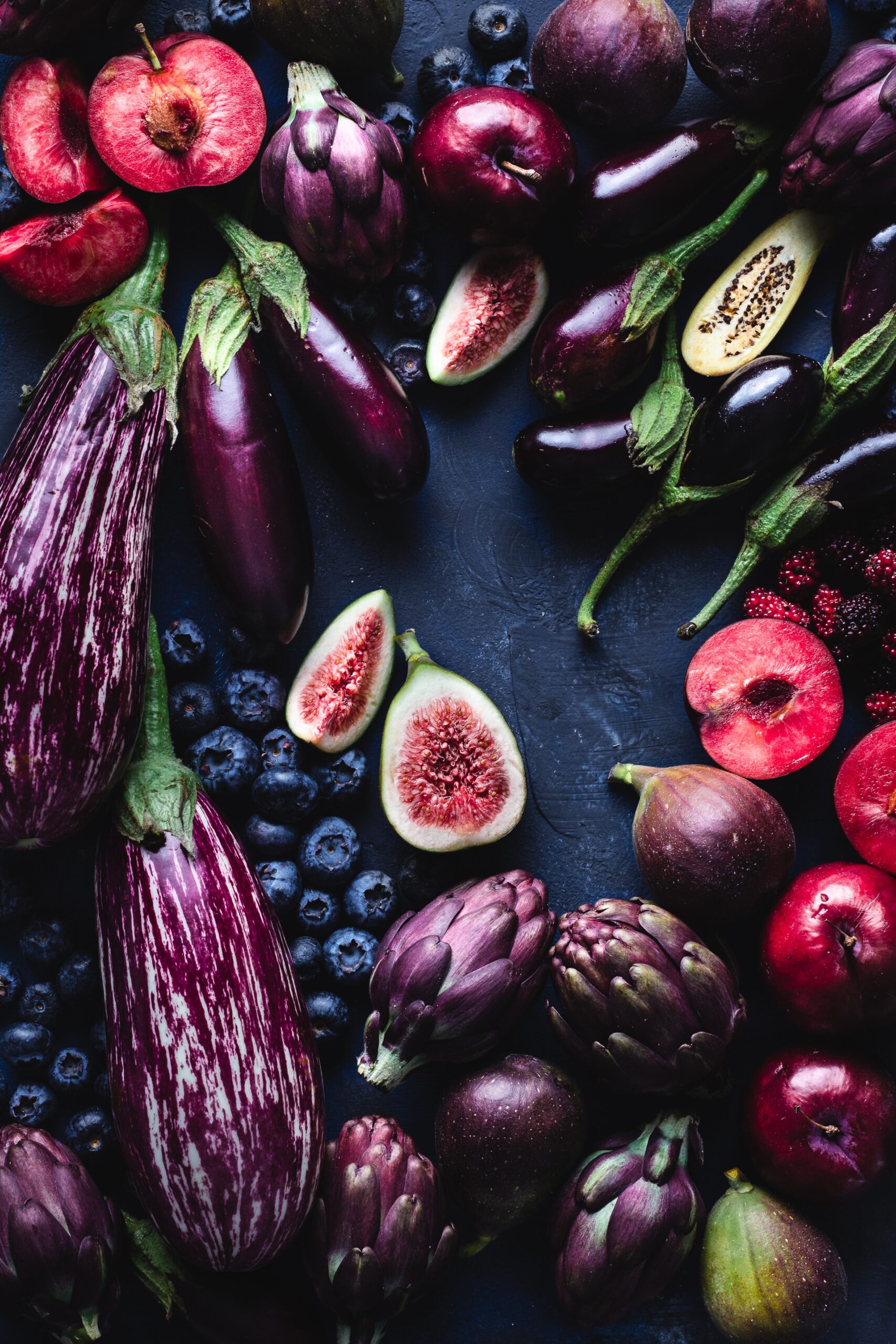

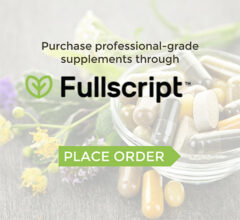
 Follow Me On Instagram
Follow Me On Instagram Like My Facebook Page
Like My Facebook Page My LinkedIn
My LinkedIn